The Open Home is not for sale
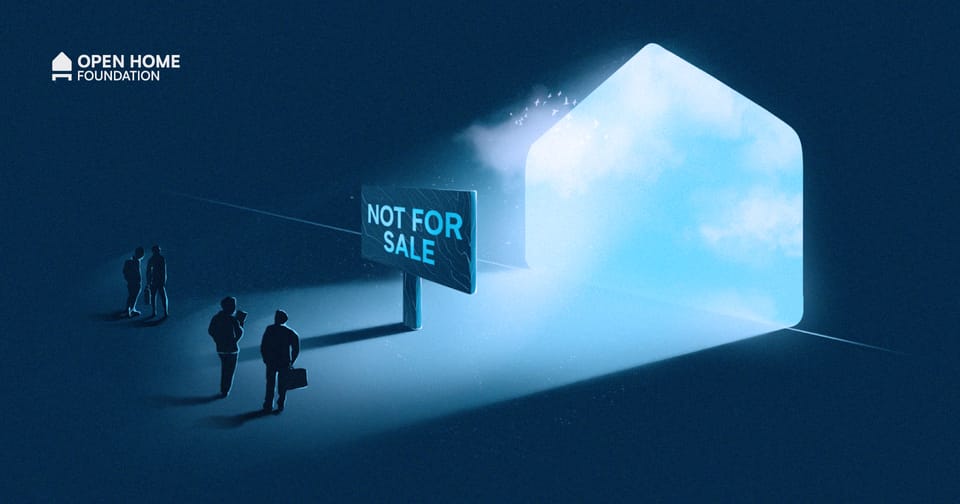
Welcome to the July edition of the Open Home Foundation newsletter, the place to learn about the latest and greatest things for your smart home that improve its privacy, choice, and sustainability.
The Open Home newsletter is written by Paulus Schoutsen - President of the Open Home Foundation, and founder of both Home Assistant and Nabu Casa. Was this email forwarded to you? Subscribe here!
The summer is in full swing, and in between going out to enjoy the sun, we’re still making exciting progress on the Open Home. Cards can now be resized on Home Assistant dashboards, Matter certification has started, and the new version of microWakeWord brings our voice hardware closer to reality.
The Open Home expands its collaborations
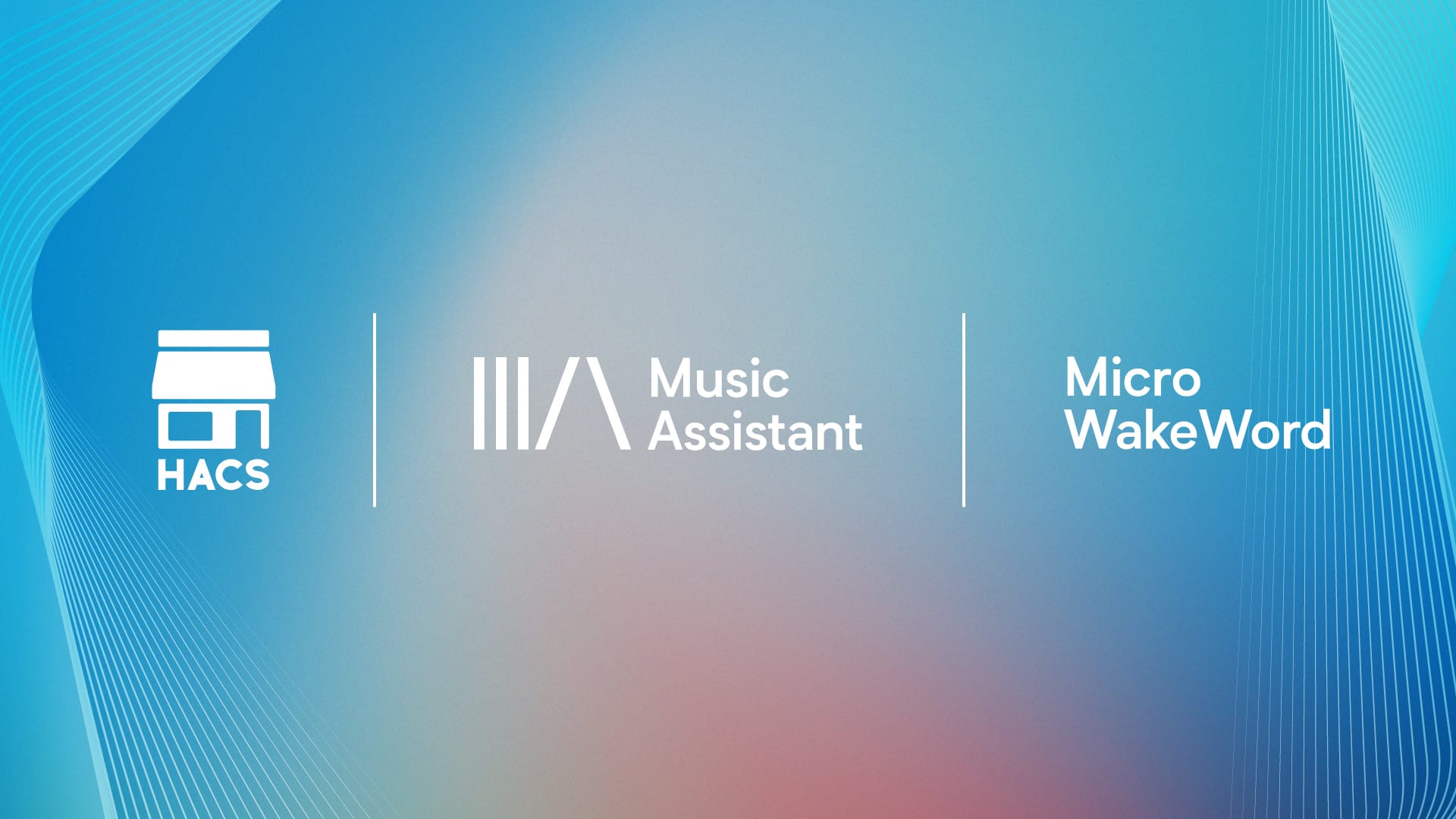
The Open Home Foundation is directly building many technologies, including Home Assistant and ESPHome, that are pivotal for the success of the Open Home. A lot of innovation is happening all over the smart home space, and so many projects are building essential technology. Projects like Z-Wave JS, WLED, and Zigbee2MQTT, are deeply interconnected with foundation projects and are critical pieces of a fully realized Open Home.
With the Open Home Foundation, we partner with projects to ensure they have the resources to continue to thrive and to make sure they work well within the Open Home.
Today, we're happy to announce our next cohort of Open Home Foundation collaboration partners:
- Home Assistant Community Store (HACS) is a project by @ludeeus that allows Home Assistant users to easily install custom integrations, cards, and themes. It's the number one most used custom integration for Home Assistant.
- Music Assistant by @marcelveldt gives users complete control over their media players and music. Combine your local music collection with your favorite streaming services and play any tune anywhere in your house without restrictions.
- microWakeWord by @kahrendt is a powerful on-device wake word engine for microcontrollers, and powers our local and open-source voice satellites.
Only independent ecosystems can put users first

Last month the news broke that Athom, the makers of Homey, sold a majority stake of the company to LG for $60 million. Although small and mainly Europe-bound, their flagship product worked locally, and we considered them an ally in our quest to make a local and private smart home a viable choice.
Though acquisitions don’t necessarily spell the end of smart home companies, they apply new pressures that often fundamentally change them for the worse. Post-acquisition, I fear that Homey as we know it won't last very long. LG clearly lays out its disturbing ambitions for Homey in their press release:
This integration will provide LG with deeper insights into customer usage patterns and expedite the delivery of personalized services.
I could understand if you have a knot in your stomach after spending $400 on a Homey Pro and could now have your "usage patterns" analyzed to serve you who knows what. At least the Homey Pro has a promised 5 years of updates, but I'm not going to speculate on the quality of those and whether they'll eventually cram them full of ads. Another question mark is whether the small but dedicated group of community developers, essential to the operation of many of their integrations, will stick around through this culture shift.
When a company has investors, like Athom did, their main goal is to get acquired or go public, as this allows them to deliver a return on investment. Despite any claims otherwise, the investors are always priority number one. When an acquisition happens, the investors and founders are the big winners, while users are left to hope that their devices won't change too much in the foreseeable future.
With the Open Home Foundation, we are playing a different game where the only winner is the user.
Anyone who knows me knows I prefer to do my own thing and do it right. I'm a bit stubborn and don't like people telling me what to do, especially if I disagree with their priorities. Over the years I have been approached by many companies and investors interested in a piece of what we've built, and I have always had the same answer: not interested.
Through hard work and luck we have built the best smart home technology with a thriving community that cares deeply about privacy, choice, and sustainability. Creating the Open Home Foundation and donating Home Assistant and ESPHome to it was a once-in-a-lifetime opportunity to make this an everlasting force for good.
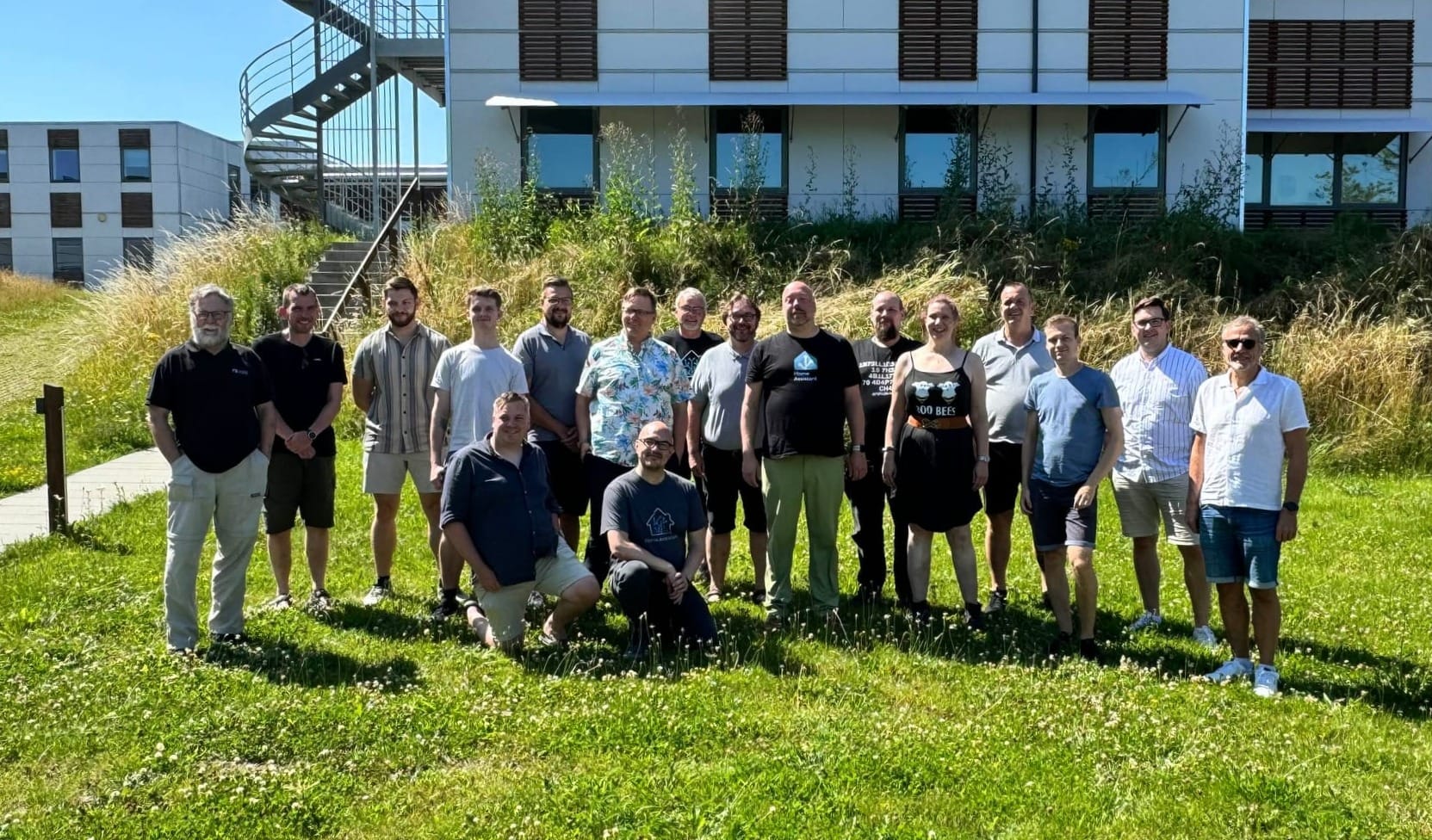
The Open Home Foundation is structured as a non-profit with a mission to create a smart home focused on privacy, choice, and sustainability. The foundation is bound to its mission by Swiss law, one of the strictest in the world. The foundation ensures that Home Assistant can never be sold or invested in. It ensures Home Assistant is there for you today, 20 years from now, and forever - always free.
In today's world, it's hard to escape big tech ecosystems. Ecosystems managed by these companies can create a lot of value for their users, but they are also focused on maximizing revenue. These ecosystems have investors and they will, more often than not, prioritize profits over users. The only protection we're afforded is through government intervention, and that's only if we're lucky enough to live somewhere that cares.
The Open Home Foundation makes sure that for the home, our most private space, there is an alternative. An independent ecosystem where the user is the one and only priority, and where any company or individual can participate without having to pay the ecosystem creator.
My colleagues and I, both at Nabu Casa and the foundation, have a pretty simple priorities list at work - do what's best for the user. And that's wonderful. The energy and excitement in doing the right thing every day never wears off, and it warms my heart to have such a supportive community that enables us to do this for a living.
Home Assistant 2024.7

If you haven't been to the Home Assistant website in a while, you might not recognize it, as it has got a great new look courtesy of Madelena and Franck. You can also update the look of your dashboards in Home Assistant with the new card resize feature, allowing you to change the height and width of cards in a great new UI.
As always, there is a massive list of quality-of-life improvements. In the this update you can customize the columns shown in data tables, use timers on voice assistants, expand LLM capabilities with scripts, take control of blueprint-based automations, update ESPHome over-the-air (OTA), and so much more.

Introducing the Wake Word Collective
With Home Assistant we set the goal to let anyone control their home in their own language with a privacy-focused voice assistant. We developed Assist, our voice assistant, with a focus on using as many local technologies as possible. One of them is a novel wake word engine, microWakeWord, that is open source and runs on cheap, low-powered hardware.
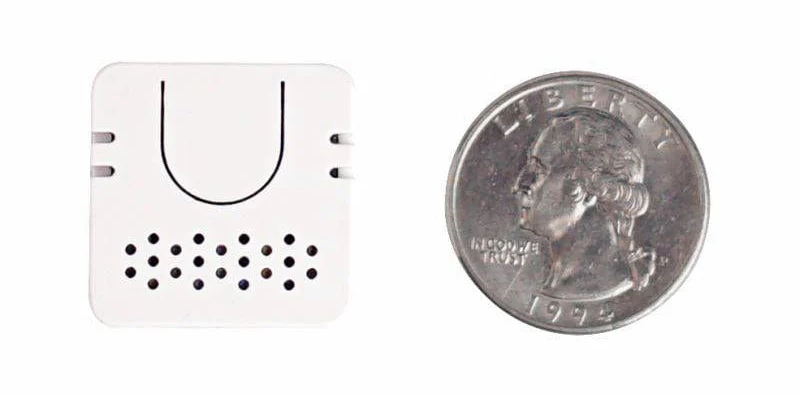
It is important that a voice assistant only listens when a user says the wake word, but this is no easy task! To increase the accuracy of microWakeWord, we need recordings from people from all over the world saying wake words, as every language says our current list of wake words slightly differently.
The Wake Word Collective is a website that allows anyone with a phone, laptop or other device with a browser record themselves to help create the best wake word models. Submit yours today and help us better represent your language and unique voice.

Sustainability research powered by the Open Home
As a world, we're at the beginning of an important energy transition focused on eliminating the use of fossil fuels. Not only are we changing out the sources of our energy, we are also getting smarter on when and how energy is used.

Our technologies are built to ensure maximum flexibility. This includes full flexibility in how our technology is used and full flexibility in how the collected data is used. This allowed researchers from Greece to study 13 houses for over a year and collect extensive data on what devices were on, and for how long.
By sharing this dataset with the scientific community, other researchers will be able to study it and come up with better algorithms to tune energy and heating usage.
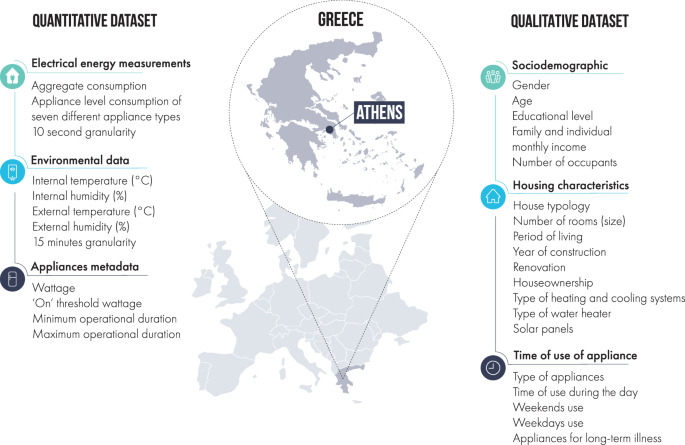
If you are a research lab that is using any of our technologies for research, please get in touch. We would love to learn more!
Community highlights

Physical Home Assistant control panel
@BorisDigital has built a physical home control panel for his smart home modeled after aircraft cockpits and nuclear reactor control boards. The plumbing diagram gives valve control and even shows leaks!
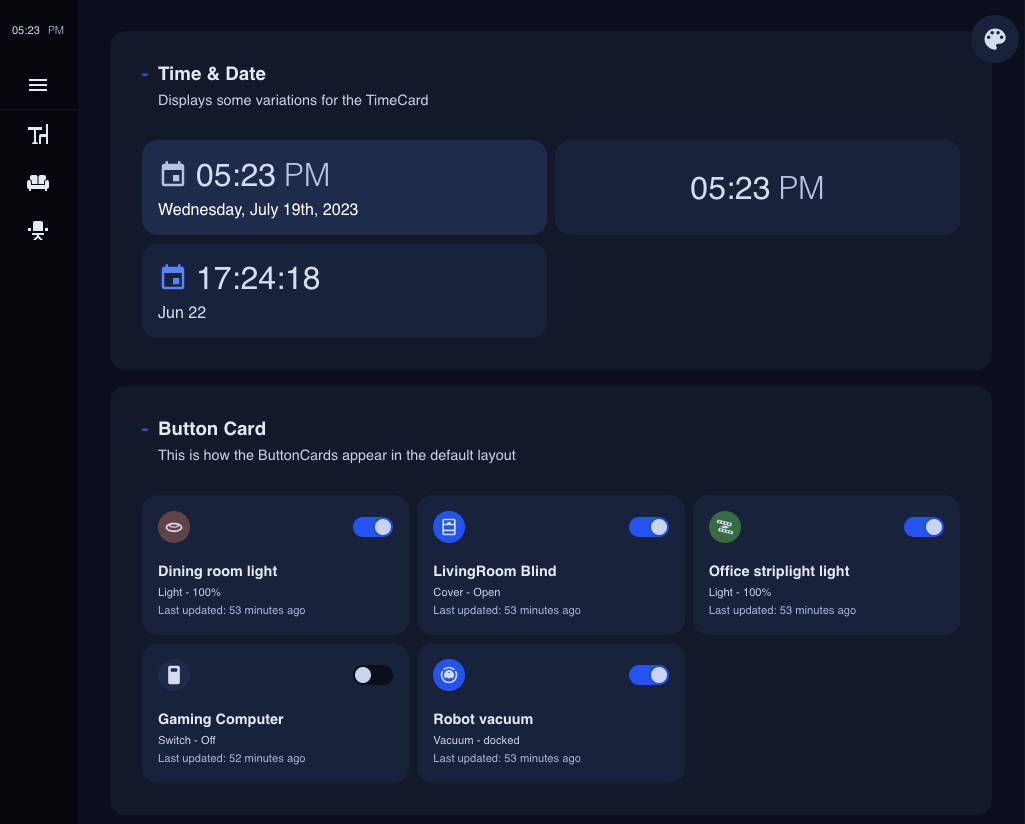
HA Component Kit gets a big update
This project is a very powerful dashboard creation tool, and React devs seem to get a lot out of it. With every update it really levels up, congrats @shannonhochkins.
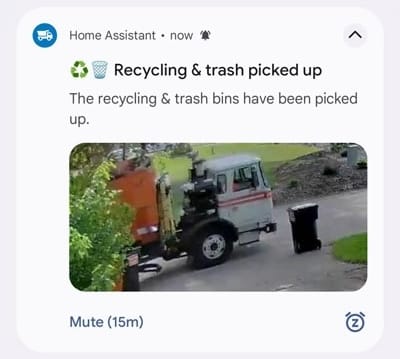
Never forget to take out the trash again!
Kyle Niewiada has built a great way to keep track of your bins using Bluetooth Beacons. Using signal strength, it can tell if the bins are on the curb, and using a vibration sensor, it can record when they've been emptied.

Track local ice cream vans
It's summer, so someone had to do it. @studiojw built a HA Custom Component that tracks ice cream vans in Belgium and the Netherlands. There is really a public API for everything now.

Use a magic wand to control your home
Repurpose a toy magic wand to control devices with ESPHome and Home Assistant - it's pretty impressive to watch in action!
In other news
- Samsung SmartThings takes a step toward a smarter grid with device control. Demand response is the future, we just need an open standard to really expand it past just one manufacturer. (Jennifer Pattison Tuohy, The Verge)
- Android 15 will let you control your Matter smart home devices over Thread. Hopefully, this isn't a fad like IR transceivers were on phones. (Mishaal Rahman, Android Authority)
- This $1,695 smart bassinet’s best features are now behind a premium subscription. The old bait and switch, make them pay a fortune for hardware and then again for services. (Jay Peters, The Verge)
Enjoy this newsletter?
Forward to a friend, sharing is caring.
Anything else? Hit reply to send us feedback or say hello. We read everything!
|









